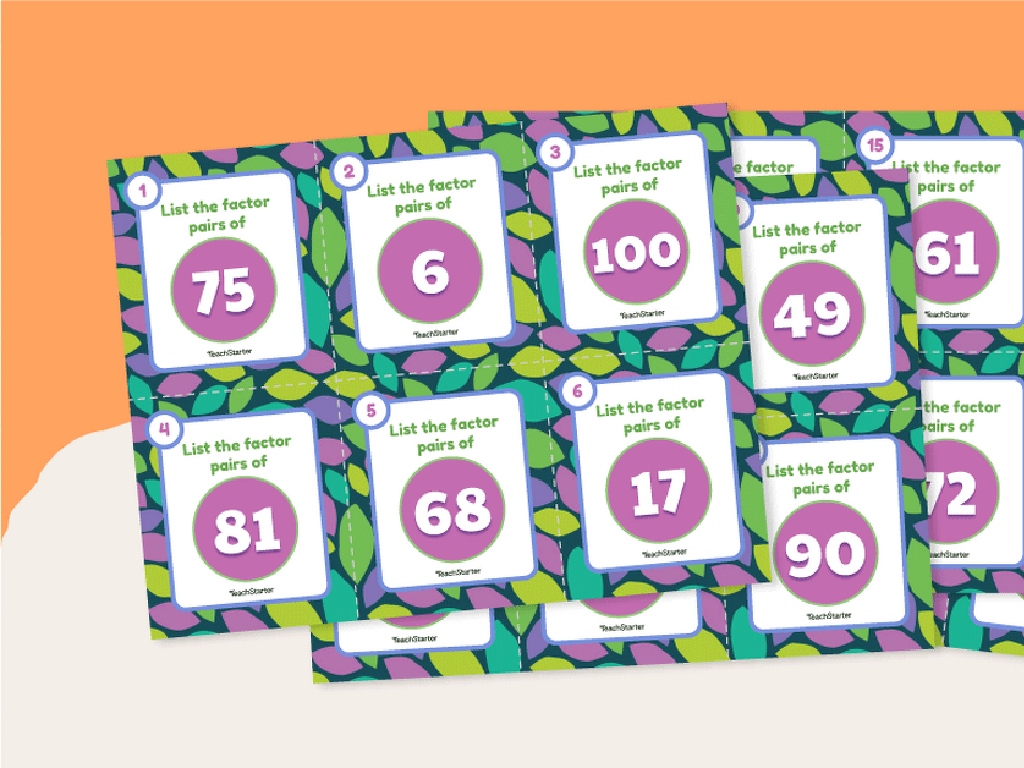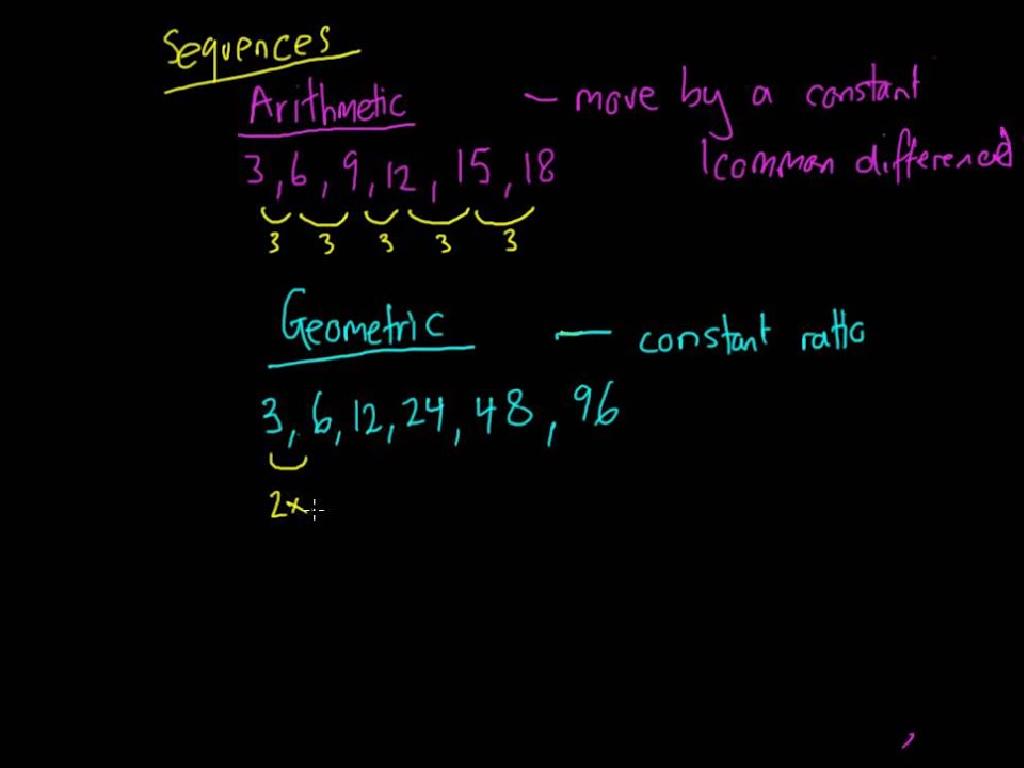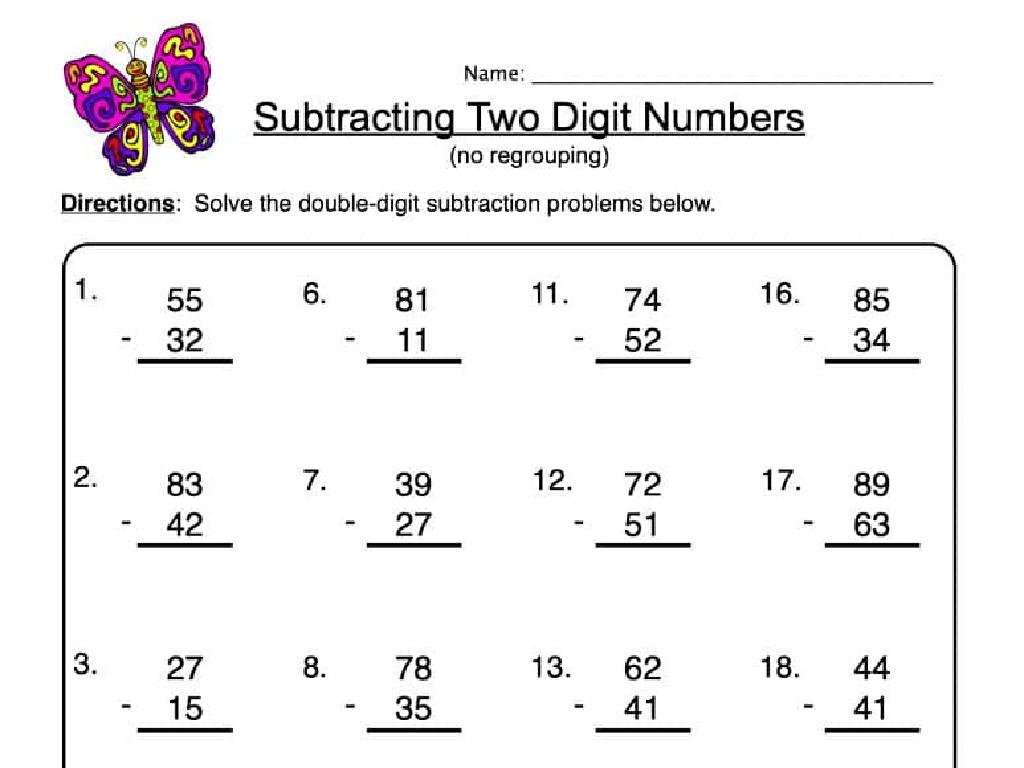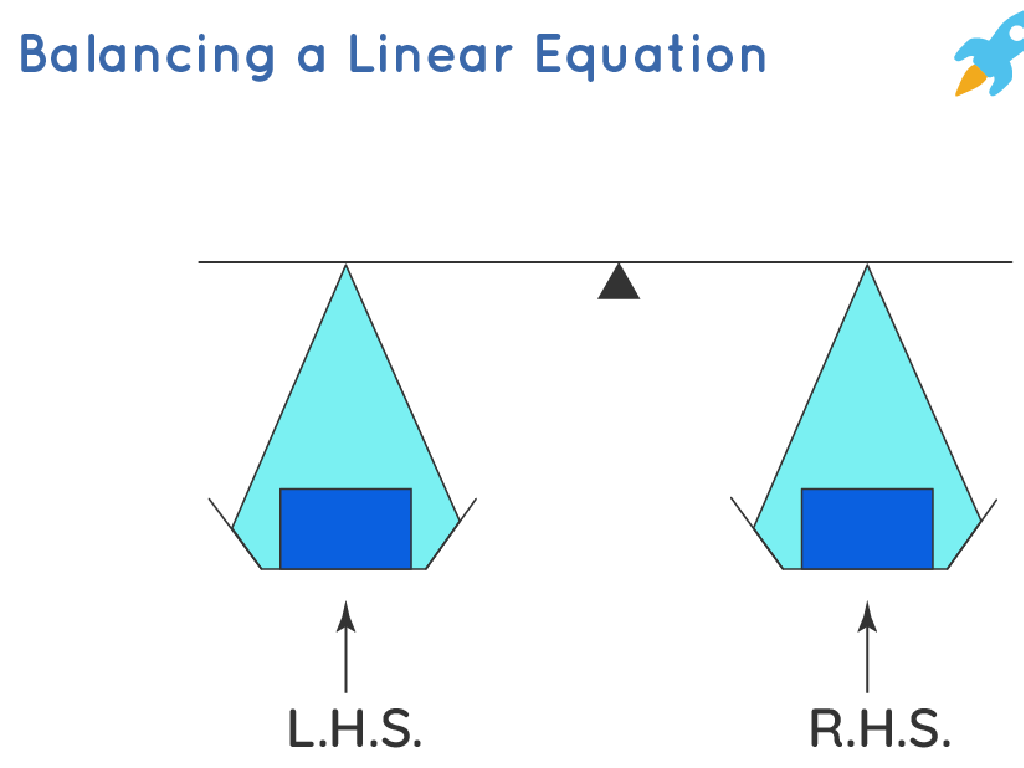Recall The Source Of An Allusion
Subject: Language arts
Grade: Seventh grade
Topic: Literary Devices
Please LOG IN to download the presentation. Access is available to registered users only.
View More Content
Exploring Literary Devices: Allusions
– Define Literary Devices
– Tools authors use to enhance writing, e.g., metaphors, similes
– Significance in literature
– They add depth and help readers connect to the text
– Introduction to Allusions
– Allusions are references to well-known works, events, or figures
– Understanding Allusions
– Recognizing allusions helps us appreciate the text’s richness
|
This slide introduces the concept of literary devices, which are the tools that writers use to create more engaging and effective writing. Emphasize the importance of these devices in adding layers of meaning and helping readers form connections with the text. Allusions, as a specific type of literary device, allow writers to make indirect references to familiar concepts, thereby enriching the reader’s experience. Understanding allusions requires knowledge of history, literature, and culture, and can greatly enhance the depth of reading. Encourage students to think of examples from popular culture, such as references to famous people or events, as a way to relate to the concept of allusions.
Understanding Allusions in Literature
– Define an allusion
– A reference in a text to another text, event, or figure.
– Allusions enhance reading
– They add depth and allow readers to connect ideas.
– Common allusions in texts
– References to Shakespeare or Greek mythology are prevalent.
– Analyzing allusion examples
– We’ll dissect examples to see how they function in writing.
|
This slide aims to introduce students to the concept of allusions in literature. An allusion is a literary device where the author refers to a subject matter such as a place, event, or literary work by way of a passing reference. It’s up to the reader to make the connection. Allusions can enrich the reading experience by providing deeper meaning and context, and they often rely on the reader’s prior knowledge of the alluded subject. Common allusions might include references to historical events, famous figures, other literary works, or mythology. Students will be encouraged to identify allusions in texts and consider how they contribute to the themes and reader’s understanding of the text. The class will analyze examples of allusions to understand how they are used to create connections and add layers of meaning.
Exploring Types of Allusions in Literature
– Historical Allusions
– References to significant past events or figures, e.g., ‘He met his Waterloo.’
– Literary Allusions
– Nods to other literary works or authors, e.g., ‘She was his Achilles heel.’
– Mythological Allusions
– Allusions to ancient myths, e.g., ‘Opened Pandora’s box.’
– Biblical Allusions
– References to figures or stories from the Bible, e.g., ‘The patience of Job.’
|
This slide introduces students to the concept of allusions, which are indirect references to a person, event, statement, or theme found in literature, history, mythology, or the Bible. Historical allusions refer to significant past events or figures, helping to draw a parallel or to highlight a particular point. Literary allusions are nods to other literary works or authors, enriching the text by connecting it to other known stories. Mythological allusions bring characters or themes from ancient myths into current writing, often to symbolize a larger idea. Biblical allusions incorporate references from the Bible, which can resonate deeply with those familiar with the stories. Encourage students to look for these allusions in their reading and consider their effects on the meaning and depth of the text.
Identifying Allusions in Literature
– Spotting allusions in text
– Look for direct/indirect references to well-known works or figures
– Clues for allusive phrases
– Context, tone, and word choice may hint at an allusion
– Practice with sentence examples
– Analyze sentences to find hidden references
|
This slide aims to teach students how to recognize allusions, which are indirect references to a person, event, statement, or theme found in literature, art, or history. To spot an allusion, students should look for mentions that seem to point beyond the text itself, often requiring background knowledge. Clues like the tone of the writing, specific word choices, or the context can suggest an allusion is present. The practice activity will involve analyzing example sentences to identify allusions, helping students apply their understanding of the concept. Encourage students to discuss the allusions they find and explain the source of the allusion and its significance in the text.
Recalling the Source of an Allusion
– Understand original context
– Grasping the context enhances comprehension
– Strategies to find sources
– Example: ‘He was a real Romeo’
– Alludes to Romeo from Shakespeare’s Romeo and Juliet
– Researching allusions
– Use resources like books, internet, and libraries
|
This slide aims to teach students the importance of understanding allusions within texts. An allusion is a reference to another work of literature or historical event. Knowing the original context of the allusion can greatly enhance the reader’s understanding of the text. Students should learn strategies to identify and research the source of an allusion, such as looking for character names that may be historical or literary figures, or phrases that seem to imply a broader cultural reference. The example given, ‘He was a real Romeo,’ refers to the character Romeo from Shakespeare’s Romeo and Juliet, indicating a person who is romantic or in love. Encourage students to use various resources to research allusions and understand their significance in literature.
Exploring Allusions in Literature
– Group activity: Identify an allusion
– Class discussion: Source of the allusion
– Individual task: Create your own allusion
– Write a sentence with an allusion and describe the original reference or source.
– Understanding allusions enhances reading
– Recognizing allusions connects texts to larger contexts and deepens comprehension.
|
This slide introduces an interactive class activity focused on identifying and understanding allusions. Begin with a group activity where students work together to find an allusion in a provided paragraph. Then, lead a class discussion to explore the source of the allusion and its significance. For the individual task, students will write their own sentences using an allusion and explain its source, fostering creativity and application of the concept. This activity will help students recognize how allusions create richer meanings and connections in literature. Provide guidance on how to identify allusions and encourage students to think about why authors use them. Offer examples of common sources of allusions, such as mythology, history, and other literature.
Wrapping Up: Allusions & Homework
– Recap: What are allusions?
– Homework: Identify an allusion
– Find an allusion in a book/movie
– Bring the allusion source to class
– Explain the original reference
– Study for a literary devices quiz
– Quiz will cover metaphors, similes, etc.
|
As we conclude, remind students that allusions are references to well-known works, events, or figures, often used to add depth to a story. For homework, students should find an example of an allusion in a book or movie and research its original source. This exercise will help them understand how allusions enrich text and how to identify them. Additionally, inform students about the upcoming quiz on literary devices, which will include allusions, metaphors, similes, and more. Encourage them to review their notes and read examples of these devices in preparation for the quiz.






